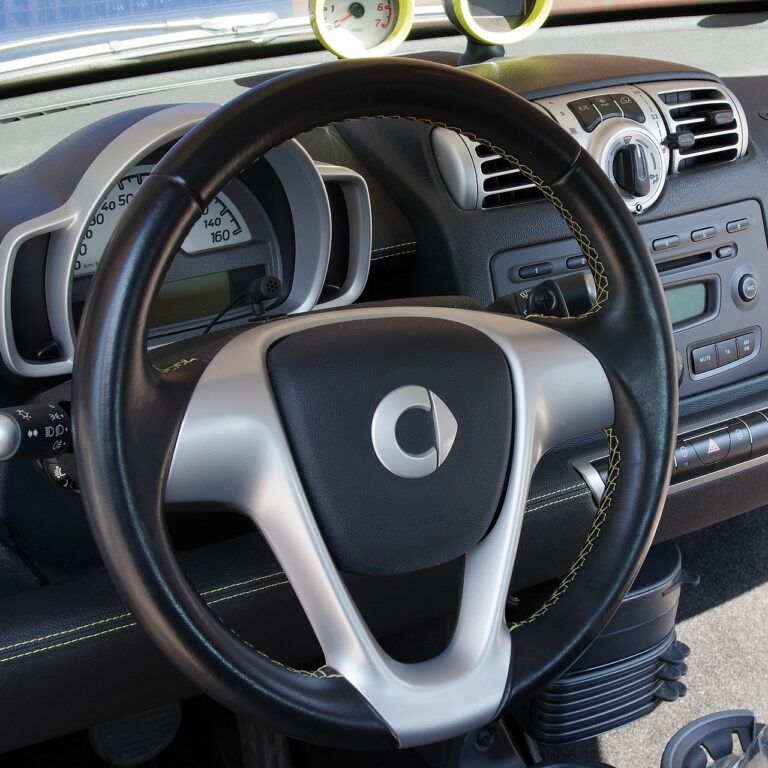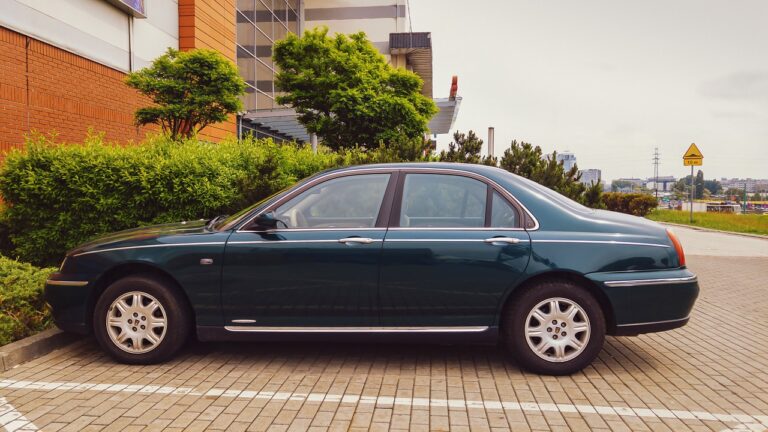The Future of Sustainable Plastics in Automotive Interior Components
Plastics have played a vital role in the automotive industry for decades, particularly in the interiors of vehicles. However, one of the significant challenges with current plastics usage in automotive interiors is the environmental impact. The extensive use of conventional plastics has led to concerns about their contribution to environmental pollution and the need for more sustainable alternatives.
Another challenge is the durability and longevity of plastics used in car interiors. With regular exposure to sunlight, heat, and wear and tear from daily use, plastics can degrade over time, leading to issues such as fading, cracking, and warping. This not only affects the aesthetic appeal of the interior but also raises questions about the quality and safety of the materials used in vehicles.
Advancements in Sustainable Plastic Materials
Sustainable plastic materials are becoming increasingly important in the automotive industry due to the growing focus on environmental impact. Manufacturers are exploring alternative materials that are not only eco-friendly but also durable and cost-effective. These advancements in sustainable plastics offer a promising solution to reduce the carbon footprint of vehicles while maintaining high quality standards.
Innovations such as bio-based plastics derived from renewable sources like corn, sugarcane, or algae are gaining traction as viable options for car interiors. These materials have the potential to replace traditional petroleum-based plastics, providing a more sustainable choice for automakers. Additionally, recycled plastics offer a solution to repurpose waste and reduce reliance on virgin materials in the production process.
• Bio-based plastics derived from renewable sources like corn, sugarcane, or algae are gaining traction in the automotive industry.
• These materials have the potential to replace traditional petroleum-based plastics for car interiors.
• Recycled plastics offer a sustainable solution to repurpose waste and reduce reliance on virgin materials in production.
Innovative Applications of Biodegradable Plastics in Car Interiors
In the ever-evolving automotive industry, the quest for sustainable solutions has led to innovative applications of biodegradable plastics in car interiors. These eco-friendly materials are gaining traction due to their potential to reduce the environmental impact of vehicle production and use.
From biodegradable dashboards to compostable seat covers, manufacturers are exploring a wide range of possibilities for incorporating these materials into car interiors. Not only do biodegradable plastics help in reducing the carbon footprint of vehicles, but they also offer a unique blend of durability and versatility, making them a promising alternative to traditional plastics.
What are some challenges in the current usage of plastics in automotive interiors?
Some challenges include the environmental impact of non-biodegradable plastics, the disposal of plastic waste, and the reliance on fossil fuels for plastic production.
What advancements have been made in sustainable plastic materials for car interiors?
Advances in biodegradable plastics, plant-based plastics, and recycled plastics have provided more sustainable options for car interior components.
What are some innovative applications of biodegradable plastics in car interiors?
Biodegradable plastics can be used for components such as dashboards, door panels, seat cushions, and storage compartments, offering a more eco-friendly alternative to traditional plastics.
How do biodegradable plastics compare to traditional plastics in terms of durability and performance?
Biodegradable plastics can offer comparable durability and performance to traditional plastics, depending on the specific composition and manufacturing process.
Are car manufacturers actively incorporating biodegradable plastics into their interior designs?
Some car manufacturers are starting to incorporate biodegradable plastics into their interior designs as part of their sustainability efforts, with more companies exploring these options for the future.







